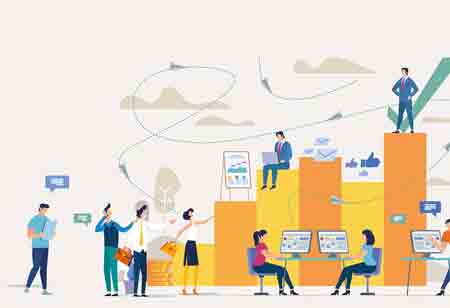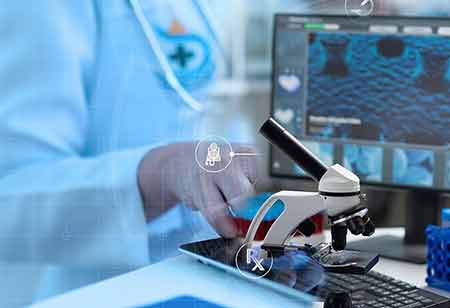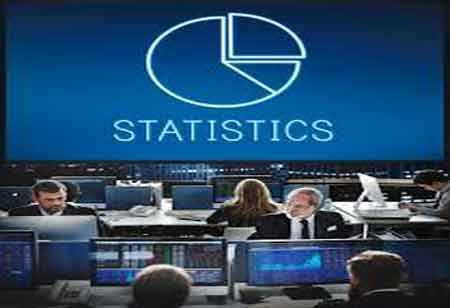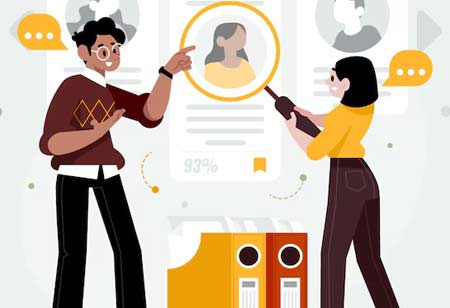THANK YOU FOR SUBSCRIBING
Be first to read the latest tech news, Industry Leader's Insights, and CIO interviews of medium and large enterprises exclusively from Hrtech Outlook
THANK YOU FOR SUBSCRIBING

By
HR Tech Outlook | Thursday, August 21, 2025
Stay ahead of the industry with exclusive feature stories on the top companies, expert insights and the latest news delivered straight to your inbox. Subscribe today.
FREMONT, CA: A robust benefits package is the bedrock of a thriving workforce, fostering productivity, employee loyalty, and well-being. However, in the pursuit of collective well-being, the unique needs of individuals are often overshadowed. The approach to benefits is evolving in 2024, acknowledging that a one-size-fits-all model is no longer sufficient.
Digital health and well-being innovations, fueled by artificial intelligence, machine learning, and analytics, present a transformative solution. These technologies empower employers to personalise benefits, bridging gaps and fostering a more inclusive and supportive workplace culture.
Wearable Devices
Fitness trackers and smartwatches go beyond simple health monitors by enabling users to take proactive measures to improve their health and spot possible problems. Numerous studies have shown wearables to have a motivating impact, encouraging self-monitoring and behavioural adjustments. These gadgets trigger engagement in personalised well-being by offering users health-related insights like heart rate and sleep habits. When workers take responsibility for their health, it opens a channel for them to provide insightful feedback on well-being tactics. In addition to improving the benefits package, this two-way dialogue helps create a framework for well-being that is more inclusive and equal.
Benefits of Data Analysis and Monitoring
The plethora of information available regarding employee perks extends beyond insightful employee feedback. Examining utilisation data for underrepresented groups offers valuable perspectives on the company's effectiveness of health apps and employee assistance programmes (EAP). Comparing internal data with external measures related to diversity, equity, and inclusivity serves as a tactical instrument to identify opportunities for enhancement. This data-driven technique guarantees a dedication to fairness and equality in all aspects of the organisational well-being strategy while improving the benefits plan's overall efficacy.
Artificial Intelligence and Machine Learning
HR workers have difficulty as organisations grow and data analysis becomes more sophisticated. Like human decision-making, artificial intelligence is excellent at quickly analysing large datasets. Like human learning, machine learning improves accuracy over time by continuously refining the data. AI and ML transform data analysis and survey development in employee engagement and benefits administration, offering real-time insights about attendance, performance, health, and well-being. Together, these two powerful tools help organisations minimise the risk of underuse and undervaluation by customising benefits plans to match a wide range of life stages, personal situations, and health needs.
From personalised well-being insights to finely tailored plans, these technologies have streamlined administrative tasks and propelled inclusivity and engagement. As organisations increasingly leverage these advancements, the synergy between digital innovation and benefits administration becomes pivotal in fostering a more responsive, equitable, and successful workplace culture.



